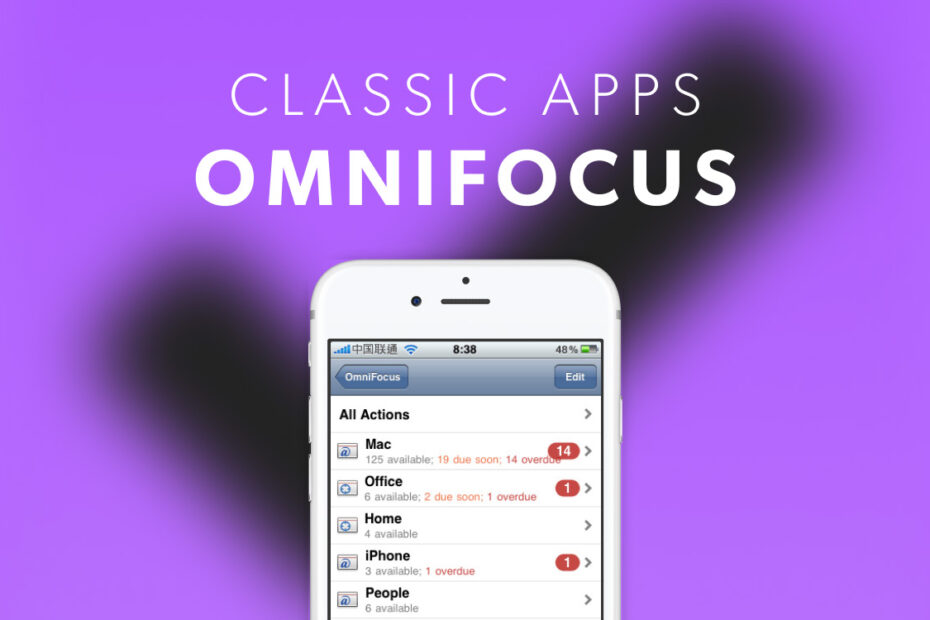A task manager for iPhone that wanted to help you get things done
In the latest entry in our classic app series, we explore the first iPhone app that made people understand mobile devices could be for more than mere consumption.
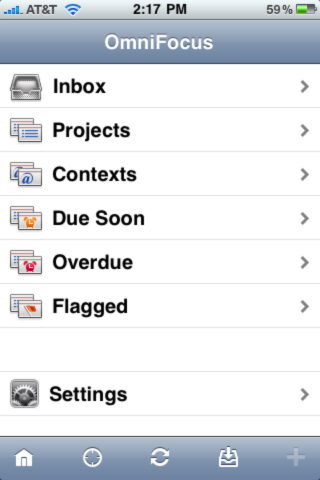
OmniFocus 1 for iPhone.
What was OmniFocus?
A task manager, based on a Mac app that itself was just months old by the time the iPhone version arrived. It leveraged Get Things Done methodology, designed to increase personal productivity by breaking tasks down into actionable items with specific time requirements.
Why was it a classic?
Because it really did help you get things done. OmniFocus made sense of everything you needed to achieve, and helped you get there with an interface that was approachable and efficient. But the app wasn’t static. It grew as the iPhone and user demands alike evolved, increasingly leveraging the capabilities of Apple’s mobile devices and helping people get through tasks with a minimum of stress.
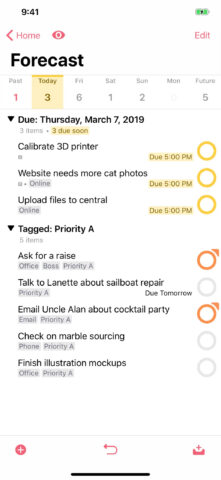
OmniFocus 3 for iPhone.
Where is it now?
OmniFocus remains on the App Store and is regularly updated. It’s had two major revisions since launch, and a fourth is imminent.
Visit the OmniFocus website or get OmniFocus ($9.99/£9.99 per month) from the App Store.
Q&A: a brief history of OmniFocus
We speak to Omni Group CEO Ken Case about the origins of the app and how a pro-grade task manager was remade for iPhone.
Where did the idea for OmniFocus come from?
Ken: A lot of our customers were using OmniOutliner’s automation support to build their own GTD system, based around David Allen’s book Getting Things Done. At the time, there were no other Mac apps doing GTD.
Our customers – and it turns out we, ourselves – needed a dedicated app that focused on capturing to an inbox, planning in projects, working in contexts and reviewing projects regularly. Due dates and defer dates could bring things to your attention at the appropriate time to make sure timely commitments were met.
The iPhone app arrived mere months later. Why did you create it – and ensure it was there for the App Store’s first day?
We were just eager! The iPhone SDK became available a few months after our Mac app shipped. Clearly, a native app could do so much more than any web app. For example, an app could provide timely reminders, tell you which tasks are nearby and make it easier to add to your inbox.
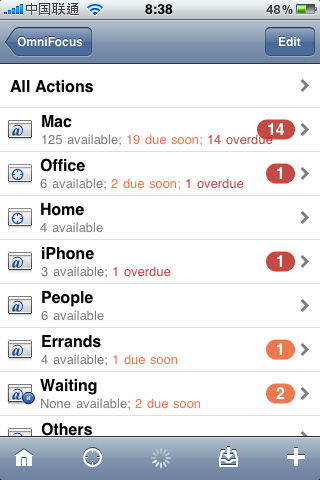
OmniFocus for iPhone was tailored for on-the-go efficiency.
What went into reimagining your pro-grade desktop app for a small mobile device?
The opportunity was you’d now have all of OmniFocus in your pocket – but we needed to decide which parts were most relevant when you were on the go. We had to start with the iPhone’s capabilities and consider what our customers would need.
We ended up tailoring the feature set to the iPhone, dropping some features, like Review and Archive, and adding others, like Nearby and URL-based automation. In fact, the mobile app got some capabilities that the current shipping Mac app still doesn’t have, such as location-based tasks.
OmniFocus – a serious productivity app – was a rarity on App Store launch day. How did it fare?
It was the only productivity app on the Top Ten chart. By 10:25am on launch day, I’d received a congratulatory email asking if I’d noticed that OmniFocus was the third most popular paid app in the entire App Store. There were a lot of smiles around Omni that day!
How has Apple’s mobile hardware impacted the app?
The iPhone ecosystem quickly outpaced the Mac’s. This meant we had a lot of new customers who’d never used a Mac. Some ended up buying Macs just to use OmniFocus, but we also started providing more capabilities directly within the iPhone app itself.
The iPhone’s sales have fueled a very rapid hardware cycle on Apple’s end. Each device introduction complicates matters, but Apple recently introduced tools like SwiftUI that simplify matters.
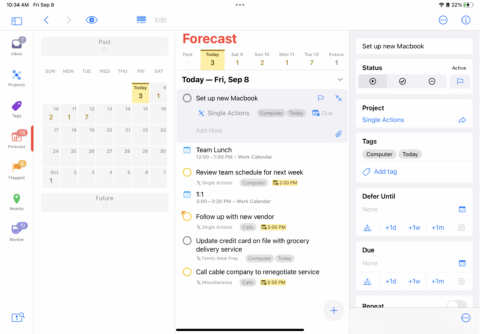
The upcoming OmniFocus 4, shown here in its iPad incarnation.
What for you has been the key to OmniFocus’s longevity? And what’s coming next?
OmniFocus is built as a tool that can grow with you. It can be used simply, but has the power to track obligations and complexity that would overwhelm less powerful tools.
Looking ahead, the upcoming OmniFocus 4 introduces a streamlined interface, which will help new customers discover and implement the OmniFocus features most useful in their workflows. Yet it retains all the powerful capabilities and features that make OmniFocus far more powerful than other GTD tools.
It’s quite a design trick, which has taken us several years. OmniFocus 4 is designed for each platform but delivered as a single universal app across Mac, iPad, iPhone, and Apple Watch. We can’t wait to share it with everyone.
